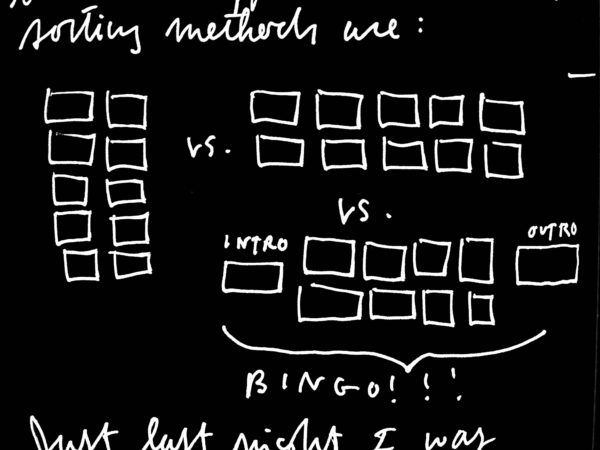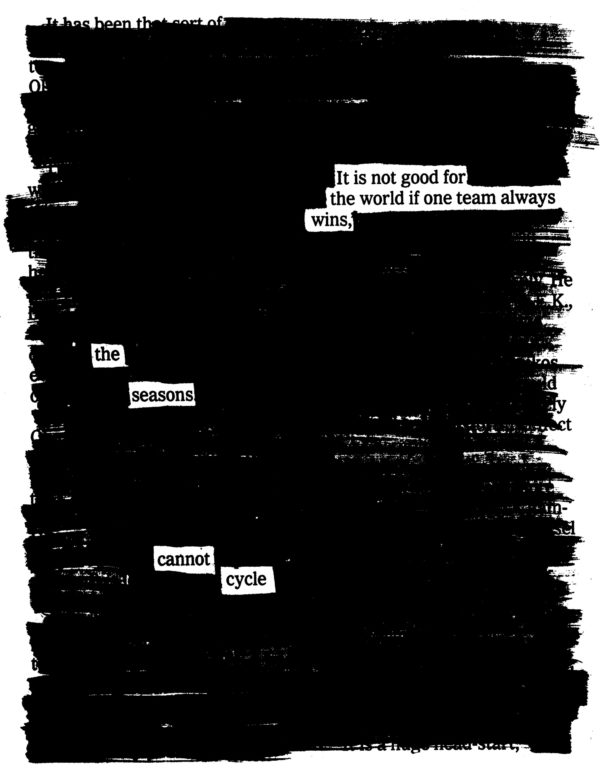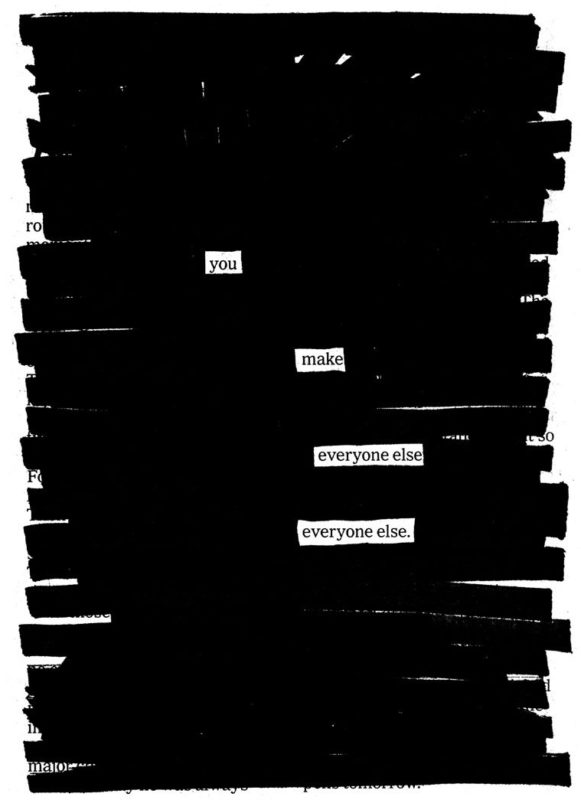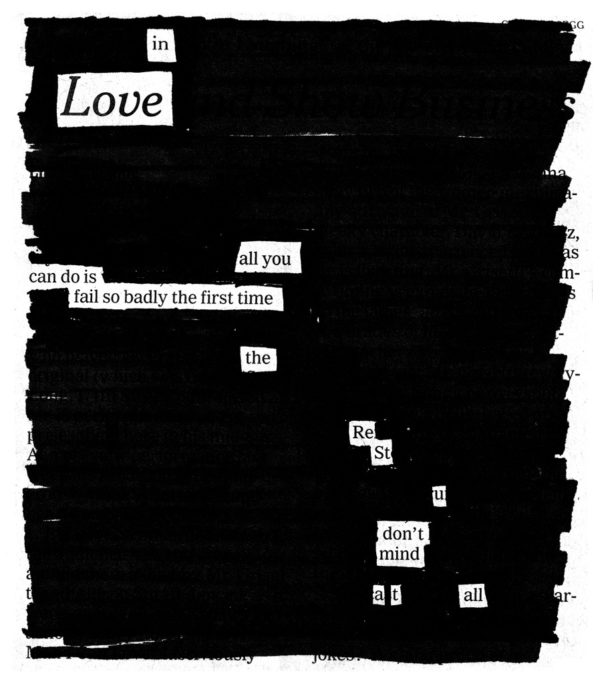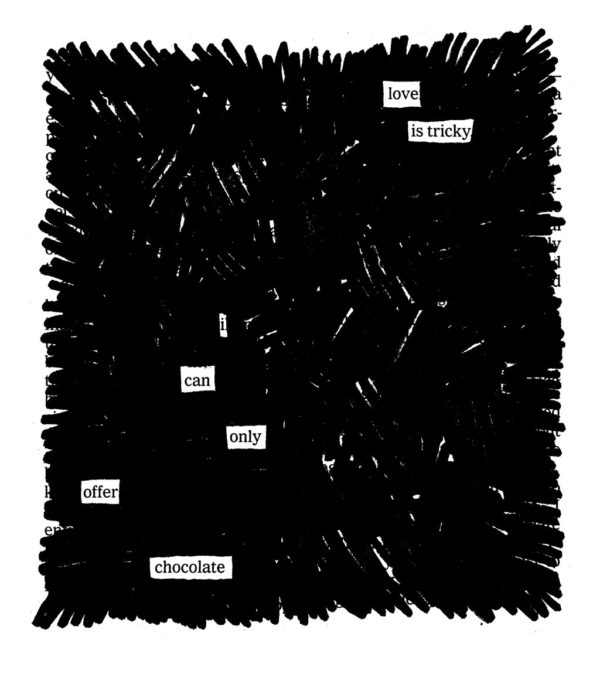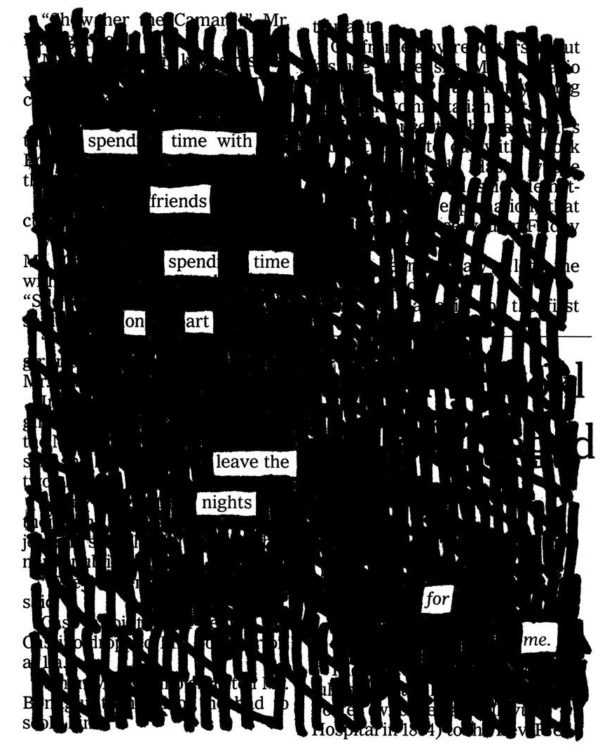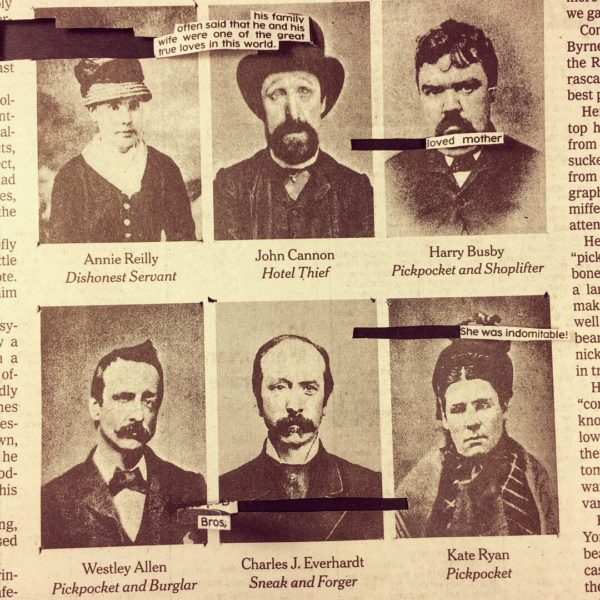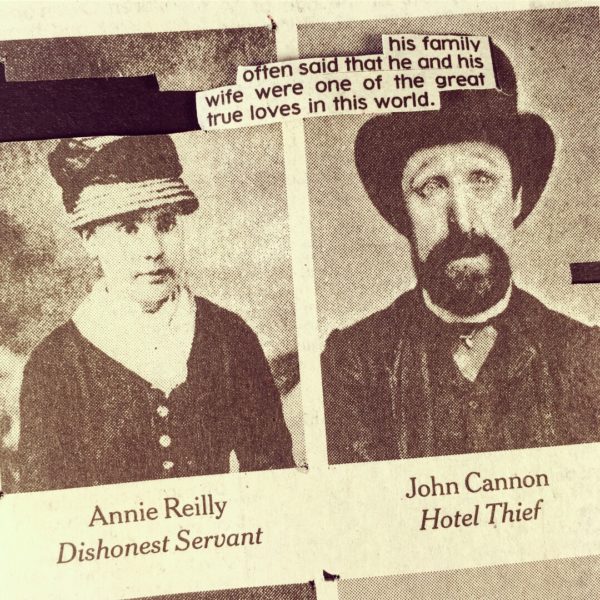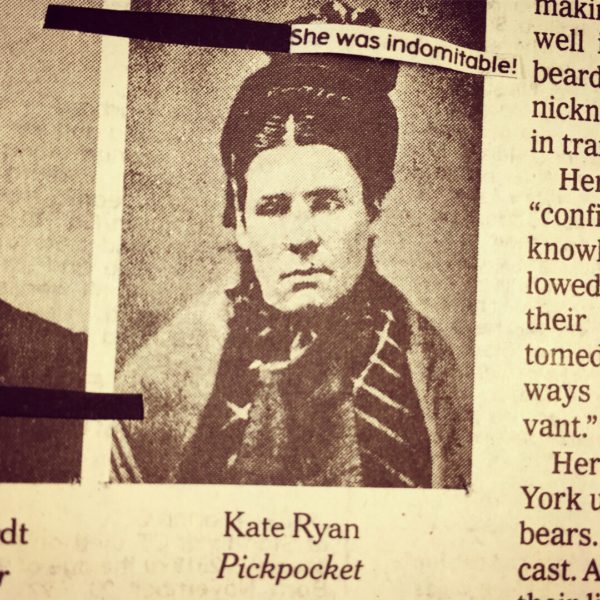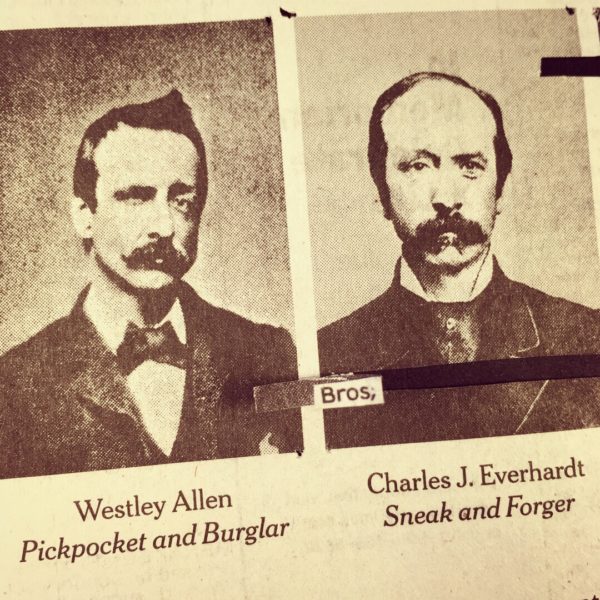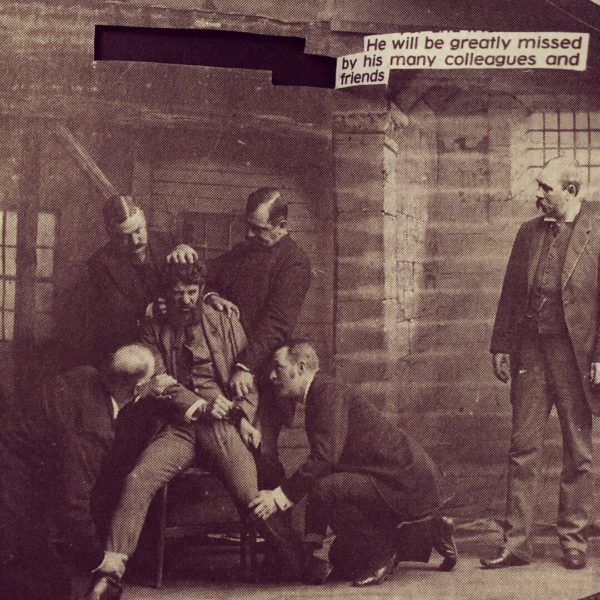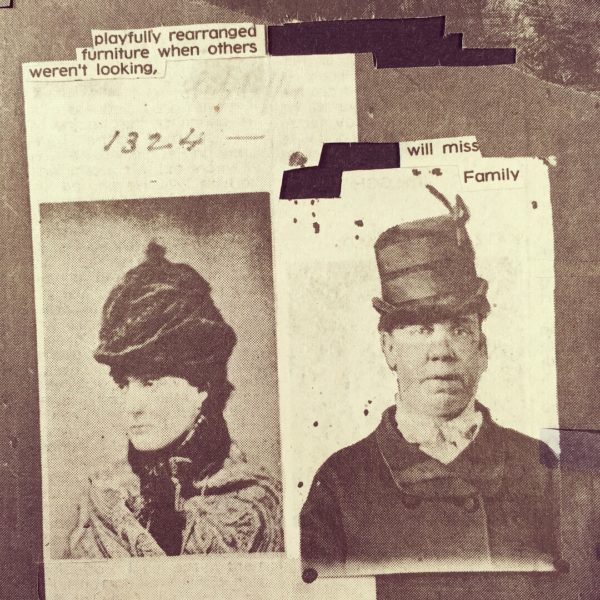
When I’m really cooking on something new, I do what Anne Lamott suggests in her wonderful book Bird By Bird: I make sure a fresh pack of index cards is in my most-frequented spots around the house. There’s a stack on the kitchen table, a stack on the fireplace by my favorite reading chair, and a stack on my nightstand. (I should probably put a stack in the bathroom and on the piano.)
For this recent project, I’ve discovered that the perfect tool for filling out the cards is one of my sons’ black Crayola markers. (We buy them in bulk). A Sharpie is no good: it bleeds through the cards, and it stinks up the whole house…
